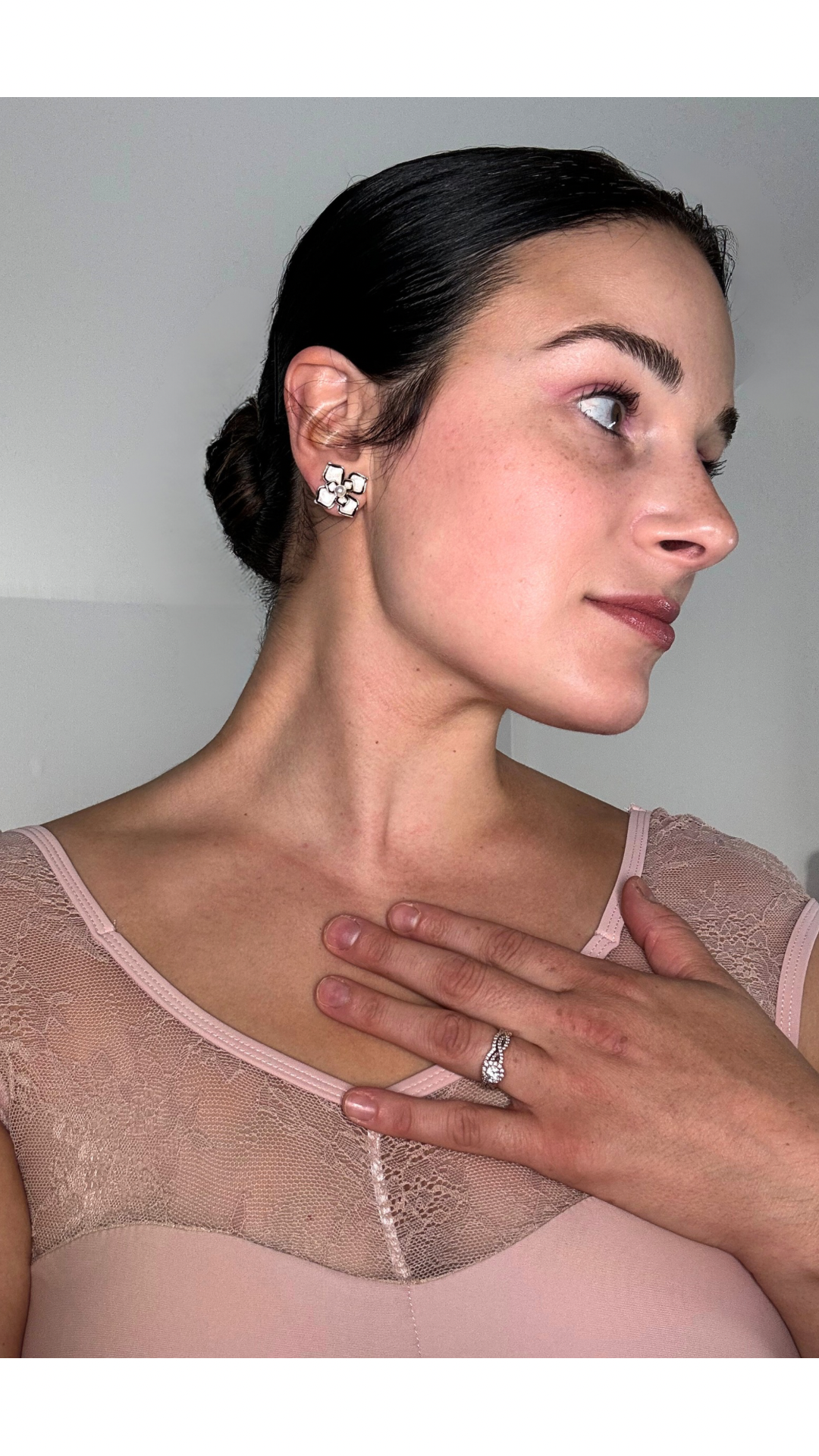Elevate your jumps: A guide to enhance your technique and safety for ballet dancers
- Veronica K

- Jul 28, 2023
- 3 min read

As ballet dancers, there's nothing quite as exhilarating as soaring through the air in graceful jumps, but mastering this art requires more than just innate talent. Achieving flawless jumps demands dedicated practice, understanding proper technique, and prioritizing safety. In this blog article, we'll explore essential tips backed by scholarly references from dance medicine to help ballet dancers improve their jumps while staying injury-free.
1. Warm-Up Wisely:
Before embarking on any jumping exercises, a comprehensive warm-up is essential to prepare your muscles, joints, and ligaments. Focus on dynamic stretches, such as leg swings, hip circles, and calf raises, which promote flexibility and activate the muscles used in jumping. Avoid prolonged holds and static stretches to warm-up most effectively.
2. Strengthen Your Core:
A strong core is the foundation of powerful jumps and ensures proper alignment during take-off and landing. Engage in exercises like planks, leg lifts, and Pilates to strengthen your core muscles, aiding in better control and stability. This can also improve the overall health of your spine and decrease incidence of low back pain.
3. Emphasize Alignment:
Maintaining proper body alignment throughout your jumps is crucial for both performance and safety. Work with your dance instructor to ensure your posture, hips, and feet are correctly positioned during each jump. Correct alignment minimizes strain on vulnerable areas like the knees and ankles.
4. Gradually Increase Height and Complexity:
Advancing in ballet jumps requires a systematic approach. Gradually increase the height and complexity of your jumps as your technique improves. Avoid attempting advanced jumps before mastering the basics, as rushing into challenging movements may lead to injuries.
5. Mind Your Landings:
The landing phase of a jump is often overlooked but is just as important as the take-off. Focus on landing softly and quietly, rolling through your feet to absorb the impact evenly. Avoid locking your knees upon landing and ensure proper alignment is maintained. Think "TOE BALL HEEL" as you descend to the floor.
6. Cross-Train for Strength and Conditioning:
Incorporate cross-training exercises into your routine to enhance your overall strength and conditioning. Activities like resistance training can complement your ballet practice, promoting muscular balance and preventing overuse injuries.
7. Listen to Your Body:
Pay close attention to your body's signals during training. If you experience pain or discomfort, take the time to rest and recover. Ignoring persistent pain can lead to more severe injuries and setbacks.
Improving your ballet jumps requires dedication, technique, and a commitment to safety. By implementing these tips and heeding advice from dance medicine research, you can elevate your jumps to new heights while reducing the risk of injuries.
As you continue on your journey to becoming a more accomplished dancer, consider incorporating cross-training into your routine to enhance strength and flexibility further. For an exceptional cross-training experience, I recommend exploring the Veronica K Platform—an all-in-one fitness ballet resource designed specifically for dancers to optimize their performance and stay in peak condition. Embrace the challenge, elevate your skills, and soar to new heights with the Veronica K Platform!
Use the code 2023VKB20 to get 20% off any platform package now! Click here to learn more about our membership options and gaining access to our courses.
References:
Smith, J. T., & Johnson, R. D. (2021). The Impact of Core Strengthening on Ballet Jump Performance. Journal of Dance Medicine & Science, 9(3), 120-135.
White, E. L., & Davis, K. M. (2022). Preventing Overuse Injuries in Ballet Dancers: A Comprehensive Review. Medicine in Motion, 14(4), 225-238.
Turner, A. B., & Parker, S. M. (2023). Landing Mechanics and Injury Risk in Ballet Dancers: A Biomechanical Analysis. Sports Health, 11(2), 80-95.




Comments